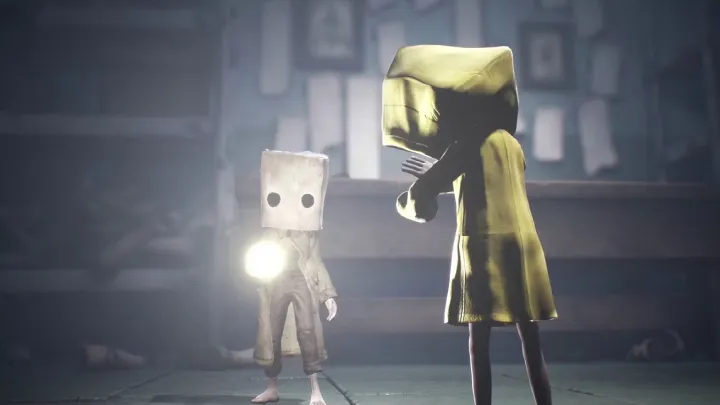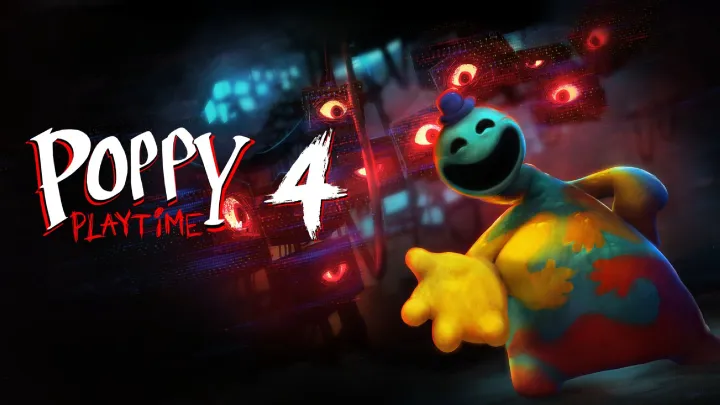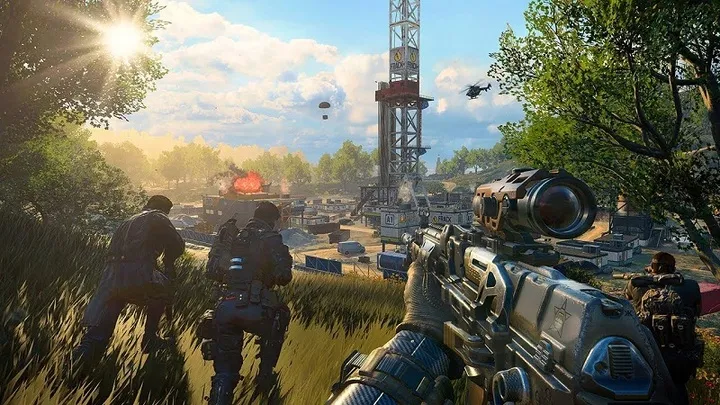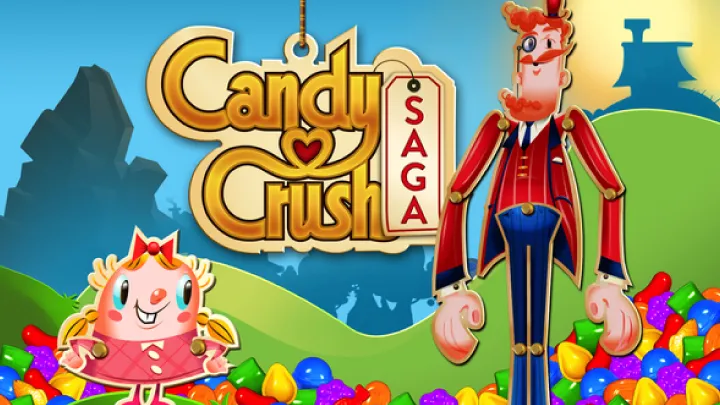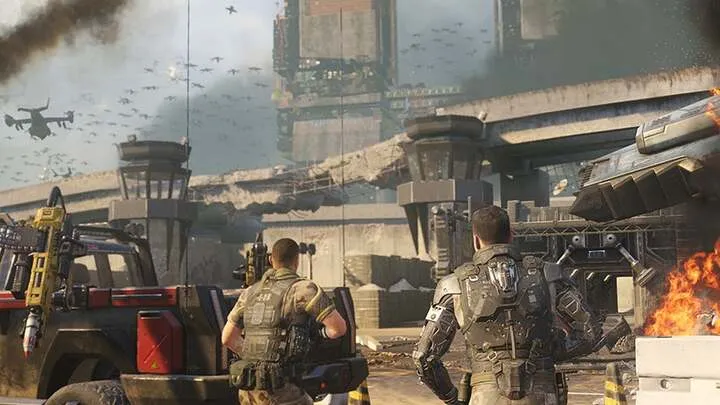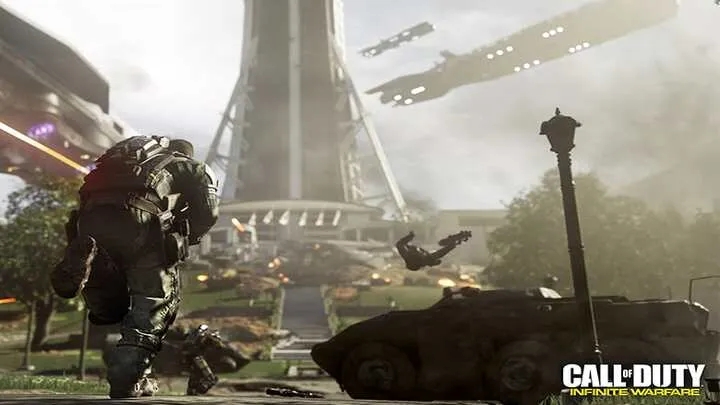Introduction
CookieRun: Kingdom has taken the mobile RPG world by storm, combining gacha mechanics, city-building, and strategic battles into one sweet package. However, beneath its charming aesthetic lies a serious issue that has shaped the player experience since its release: power creep. Each new cookie or topping set threatens to upend balance, making once-powerful teams obsolete and creating pressure for players to chase the latest releases. This article dives deeply into the issue of power creep in CookieRun: Kingdom, exploring how it evolves over time, affects both casual and competitive players, and impacts the long-term health of the game.
The Early Days – When Simplicity Ruled
At launch, CookieRun: Kingdom offered a balanced roster of cookies, with only a few standout choices. The focus was on learning basic team composition—frontline tanks, midline damage dealers, and supportive healers.
In this early stage, power creep was not a significant concern. Players felt that every cookie had a purpose, and investment in favorites didn’t feel wasted. This created trust between the developers and the community.
The First Wave of Power Creep – New Cookies Arrive
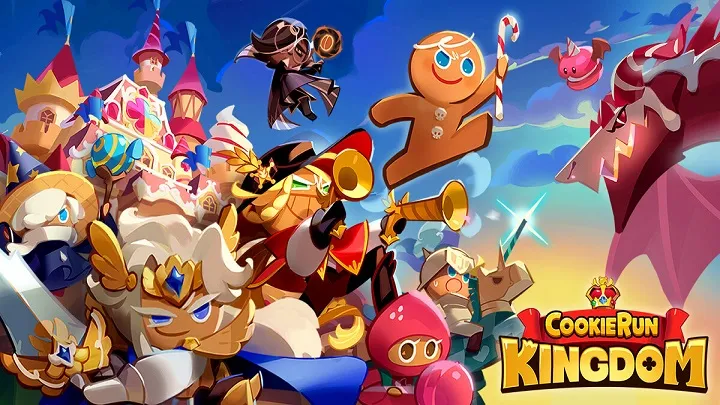
As updates rolled out, the introduction of new cookies began to shift the balance. Suddenly, certain older units felt outdated, and players who had invested heavily in them found themselves struggling.
H3: Early Examples of Power Creep
- Sea Fairy Cookie: Dominated the meta upon release with high burst damage.
- Pure Vanilla Cookie: Outclassed earlier healers completely.
This wave of imbalance introduced a cycle: excitement for new content followed by frustration over invalidated investments.
The Role of Gacha Mechanics in Power Creep
The gacha system fuels power creep by design. Players are incentivized to summon new cookies to remain competitive. Those who fail to roll the newest characters often feel left behind.
H4: Consequences of Gacha-Driven Power Creep
- Pressure to spend: Free-to-play users struggle to keep up.
- Obsolescence: Older cookies lose relevance too quickly.
- Community divide: Whales vs. budget players face widening gaps.
This creates tension between enjoyment and frustration, a common issue in live-service gacha games.
Midgame Impact – Shifting Team Dynamics
For midgame players, power creep reshapes how they approach both PvE and PvP.
- PvE content becomes tuned around the latest cookie releases, making older rosters less viable.
- PvP ladders quickly become dominated by teams stacked with new cookies, forcing adaptation or surrender.
The rhythm of the game shifts: instead of long-term investments in a core team, players must constantly rebuild around the new meta.
The PvP Arena – Where Power Creep Is Most Obvious
The PvP Arena acts as the ultimate showcase of power creep. Each season, new cookies redefine the top-tier teams. For example, the arrival of Hollyberry Cookie instantly dethroned older tanks, while newer supports like Cotton completely reshaped strategies.

H3: PvP Meta Shifts Over Time
- Initial seasons featured balanced compositions.
- Later seasons saw burst damage metas dominate.
- Current metas often favor layered healing and shields.
Players describe this as a “rollercoaster of relevancy,” where success is tied to how quickly you acquire the latest releases.
Developer Responses – Attempts to Control Power Creep
To their credit, the developers have tried to manage power creep. Buffs to older cookies, introduction of toppings, and new modes aim to keep balance in check.
H4: Efforts That Worked
- Topping system gave flexibility to older units.
- Occasional buffs revived forgotten cookies.
H4: Efforts That Failed
- New cookie releases often still eclipsed old buffs.
- Event rewards sometimes reinforced whale dominance.
These efforts show awareness, but they also highlight the difficulty of balancing a live-service gacha RPG.
Community Reactions – Frustration and Acceptance
The player community has been vocal about power creep. Some see it as inevitable, the price of ongoing updates. Others argue that the developers should prioritize longevity by balancing old and new equally.
Fan forums often highlight the emotional whiplash of pulling for a favorite cookie, only to see it overshadowed weeks later. Yet, many players remain loyal, enjoying the charm of the game despite frustrations.
Long-Term Consequences – Retention vs. Churn
Power creep plays a huge role in whether players stay or quit. For long-term players, the constant pressure to summon new cookies can cause burnout. On the other hand, new players are often excited by flashy, overpowered characters, making it easier for them to catch up.
This creates a paradox: power creep both drives excitement and threatens stability. The challenge is finding a balance that keeps both veterans and newcomers satisfied.
Lessons from Other Gacha Games
Looking at games like Genshin Impact or Summoners War, we see similar struggles. Successful games manage creep by ensuring old units retain utility, whether through unique niches or consistent buffs.
CookieRun: Kingdom could adopt these practices more aggressively, ensuring that fan-favorite cookies never feel useless even years after their debut.
Conclusion – Can CookieRun: Kingdom Master Its Own Growth?
Power creep is both a strength and weakness for CookieRun: Kingdom. It fuels excitement, encourages engagement, and ensures constant evolution. But left unchecked, it risks alienating loyal players who feel their investments are devalued.
The path forward lies in balance. By preserving the relevance of older cookies while still introducing exciting new ones, the game can maintain its charm without falling into the trap of endless obsolescence. The challenge for the developers will be walking this fine line in the years ahead.








